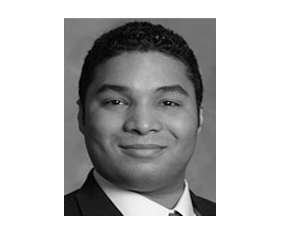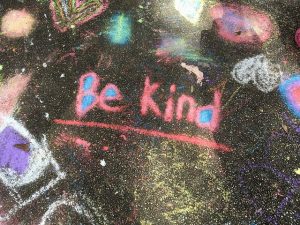
Part 1 of 2
phra·se·ol·o·gy [frāzēˈäləjē] (noun): a mode of expression, especially one characteristic of a particular speaker or writer.

Now that I have been an attending dermatologist for more than five years, I have had the opportunity to reflect upon what I wish I would have known as a resident and as a new attending physician. In my attempt to provide unique new insights that differ from the other words of wisdom shared by colleagues and friends, I thought to write an article on “phraseology.” What is “phraseology” and why might it be important for physicians, especially new physicians, to know? Phraseology is a key component to governing interpersonal communication between the speaker and audience(s). There is a body of literature that how we interact with others and the perception of our interactions influences (patient) outcomes. I believe that phraseology is quite important, as we always want to put our best effort forward and communicate with colleagues and patients in a manner that may optimize their receptiveness to the words and information we are sharing.
As physicians, the interpretation of much of what we say is based upon how we “say it.” The words “say it” are in quotes for a reason, as communication involves both non-verbal and verbal communication. Non-verbal communication includes aspects such as body language, hand movements/gestures, facial motions (keep in mind smiles and eyebrow movements), and physical stance (sitting/standing; relaxed position/arms crossed or on hips). Verbal communication includes word choice and intonations.
In this article, I will share with everyone some key phrases that I have found helpful in optimizing patient interactions and outcomes.

One of the key aspects I have found helpful to optimize patient encounters is greeting the patient upon entering the room. A simple “good morning/good afternoon” followed by a handshake and genuine smile go a long way towards building trust and the doctor-patient bond. I speak with the patient and find out how they are doing, and ask more about what brings them in for a visit that day. If the patient has several concerns they would like addressed, we try to work together to prioritize their concerns so we can spend the most time addressing what is most important to the patient and any time-sensitive aspects to their visit. This constitutes my medical history portion of the visit. For most patients, this is usually brief (a few minutes). If the patient is here for an aesthetic visit and the patient has a facial concern, I hand the patient a mirror and ask for them to kindly “show me” and “share with me” what facial aspects they would like addressed.
Be sure to check back next month for part two, as I will discuss aspects of optimizing non-verbal communication and other aspects of verbal communication that could be of help to your daily clinical practice.

